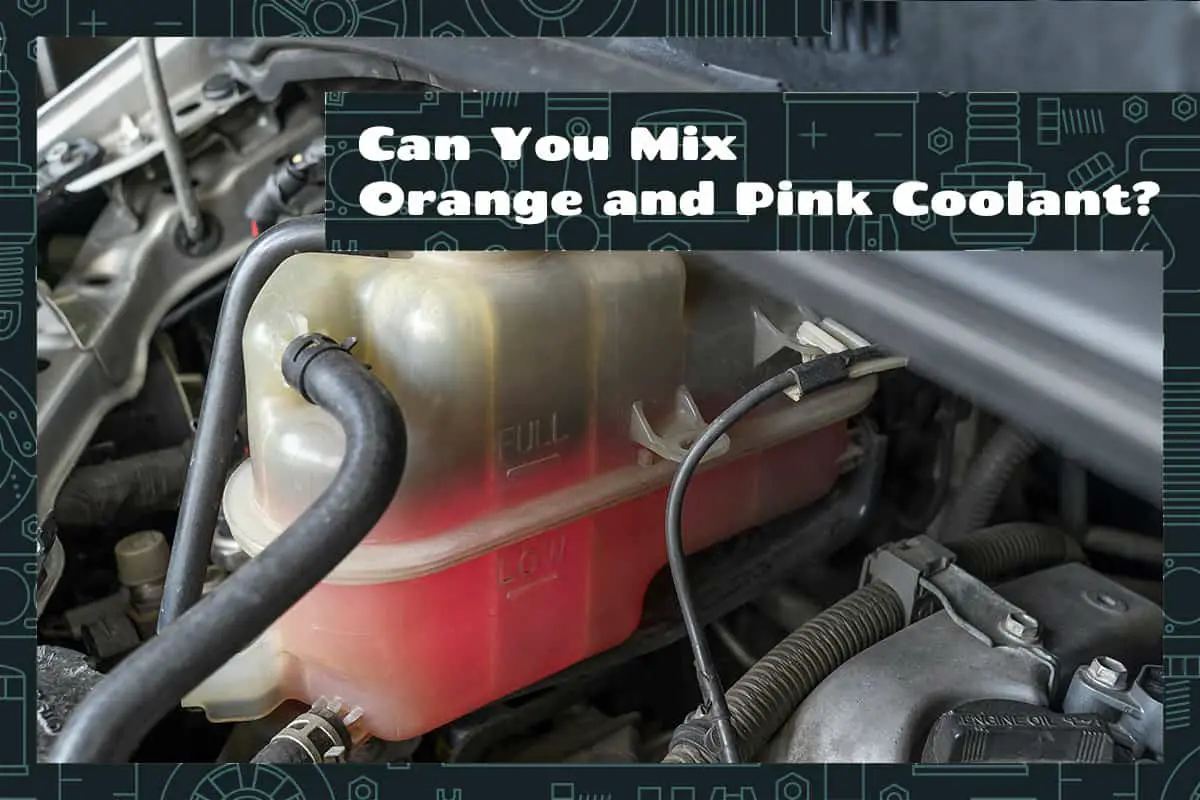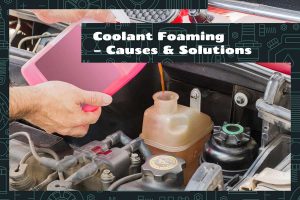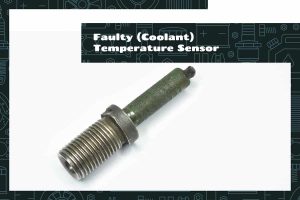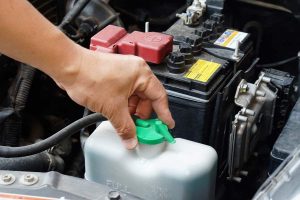Engine coolant keeps your car’s engine temperature regulated. While you may know about the different types of coolants—orange and pink being among them—the idea of mixing these coolants might have crossed your mind. Each type has its own specific set of functions, characteristics, and manufacturer guidelines.
You cannot safely mix orange and pink coolant. Mixing them can lead to chemical reactions that produce harmful byproducts, increasing the risk of engine corrosion and failure. Always follow the manufacturer’s guidelines for coolant use.
This guide will explain the basics of engine coolant, what may happen when you mix them, and steps to take if you’ve already mixed them.
What Does Engine Coolant Do?
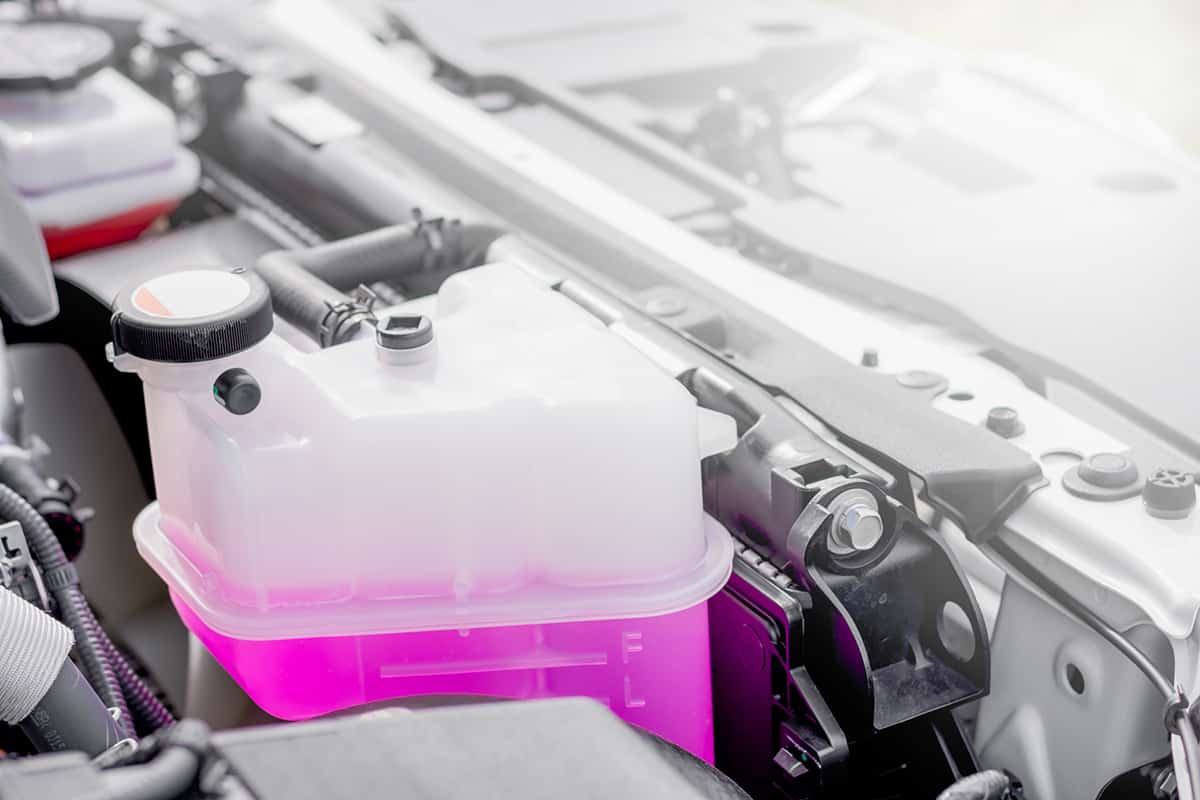
Engine coolant is a liquid solution that circulates through your car’s engine and cooling system, helping to maintain optimal temperature levels.
Whether you’re driving in scorching heat or bitter cold, the engine coolant helps keep the engine temperature balanced. It works in tandem with the radiator, water pump, and a series of hoses to efficiently disperse heat generated during combustion.
The Role of Coolant in a Car’s Engine
Combustion engines produce a tremendous amount of heat. If this heat is not efficiently managed, your engine could overheat, compromising its performance and longevity.
The coolant circulates through the engine block and absorbs excess heat before moving it to the radiator. In the radiator, the heat dissipates into the surrounding air before sending the fluid back to absorb more heat from the engine.
The coolant also has anti-corrosive properties. It is specially formulated with additives that extend the life of the engine by minimizing wear and tear on internal parts. Antifreeze is another critical feature of engine coolants. This property ensures that the liquid does not freeze in extremely low temperatures.
Types of Coolants
When it comes to types of engine coolants, there are many kinds to choose from:
- Inorganic Additive Technology (IAT) Coolants: These are the traditional green coolants that have been in use for many years. They are primarily composed of ethylene glycol and water, along with some corrosion inhibitors. However, they need to be replaced more frequently—usually every two years or 30,000 miles.
- Organic Acid Technology (OAT) Coolants: These are often orange or pink and are based on organic acid technology. The advantage of OAT coolants is that they are long-lasting and usually only need to be replaced every five years or 50,000 miles.
- Hybrid Organic Acid Technology (HOAT) Coolants: These are a hybrid mixture, incorporating the best features of IAT and OAT coolants. They usually come in yellow or turquoise colors and provide excellent corrosion protection and extended life, typically up to five years or 150,000 miles.
Differentiating Between Orange and Pink Coolant
If you’re wondering how to distinguish between orange and pink coolants and whether they can serve the same purpose, you’re not alone. Both types of coolants are prevalent in the automotive market, and each has specific characteristics and recommended applications.
Characteristics of Orange Coolant
Orange coolant is typically based on OAT. This type of coolant offers extended life, which means you don’t need to replace it as frequently. It’s often suitable for newer car models, as it’s engineered to protect aluminum components.
If you own a newer American or European vehicle, particularly those with aluminum engines, the orange coolant is often the go-to option. Brands like GM and Ford frequently recommend using this type of coolant.
Characteristics of Pink Coolant
Pink coolant, unlike orange, is often based on Phosphated Organic Acid Technology (POAT). It also boasts extended life but generally contains phosphates, beneficial for added protection against cavitation—a problem in which vapor bubbles can form in the liquid.
Pink coolant is often specified for European and Japanese vehicles. Volkswagen, Audi, and Toyota are some of the brands that recommend or require the use of pink coolant.
What Happens When You Mix Them?
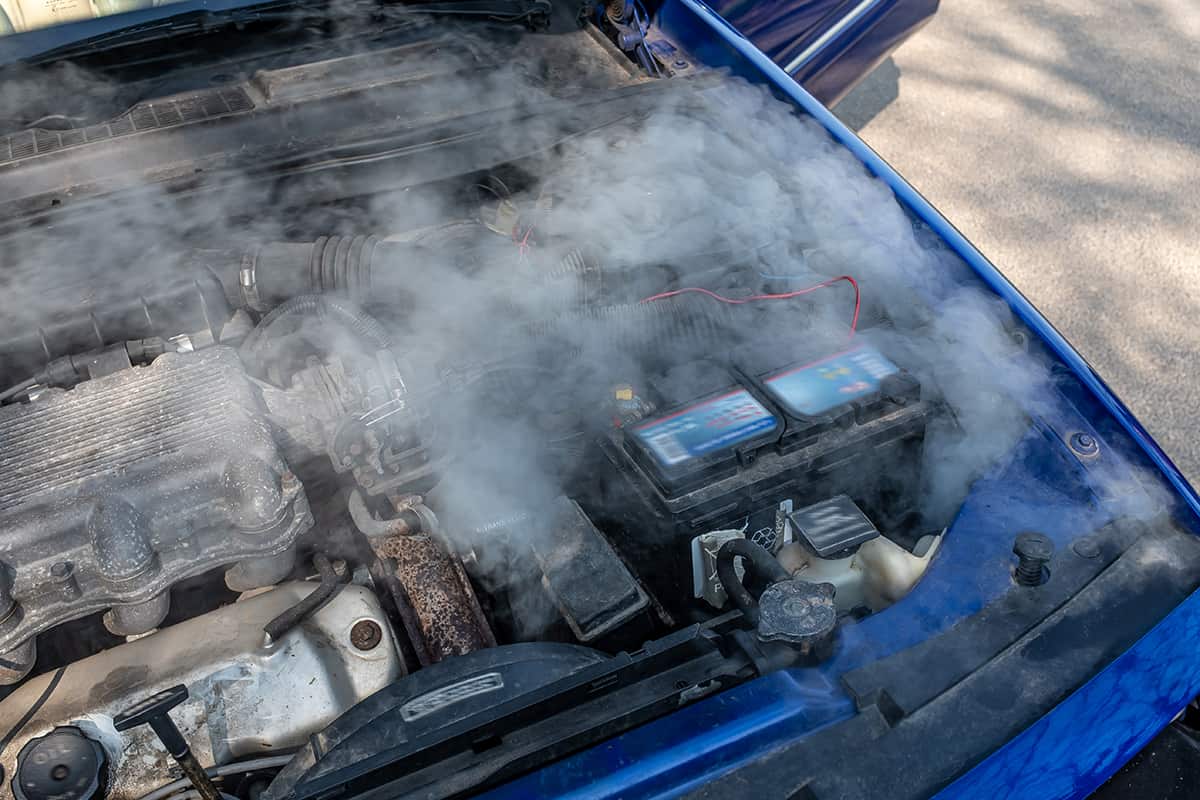
It may seem like a quick fix to top off your coolant reservoir with whatever type is readily available, but mixing orange and pink coolants is a no-go.
1. Chemical Reactions Between Orange and Pink Coolants
Mixing orange and pink coolants can trigger unwanted chemical reactions. Orange coolants are based on OAT, while pink coolants often use POAT.
These formulations are engineered to work optimally on their own and can react adversely when mixed. The result could be the formation of sludge or gel-like substances that hinder coolant flow, causing inefficient heat transfer.
2. Risks of Corrosion and Engine Failure
Different types of coolants contain varied additives aimed at protecting specific metal components in the engine. Mixing them dilutes these additives, lowering their efficacy. Consequently, the metal parts of your engine could rust faster.
3. Potential for Overheating
Since both types of coolants are formulated to have optimal heat-absorbing properties, mixing them can compromise their ability to regulate engine temperature. A poorly functioning cooling system makes your engine prone to overheating, which is never good news for any vehicle.
4. Impaired Cooling System Functionality
In addition to causing sludge, mixing pink and orange coolants can cause blockages in the small passages of your radiator and heater core. This will reduce the cooling system’s effectiveness, forcing your engine to work harder, thereby shortening its lifespan.
What to Do If You’ve Already Mixed Coolants
So, you’ve accidentally mixed orange and pink coolants, and now you’re wondering what to do next. This isn’t an ideal situation, but it’s not the end of the world either.
Drain and Flush
The moment you realize you’ve mixed the coolants, the immediate step is to drain the contaminated mixture from the cooling system. A complete flush is the best way to get rid of the mixed coolants and any resulting harmful substances like sludge or gel.
After draining the system, use distilled water to flush out any remnants. You’ll likely have to repeat the flushing process multiple times to ensure that all contaminants are gone.
Refilling with the Correct Coolant
Once the system is thoroughly flushed, you’ll need to refill it with the correct coolant. Refer to your car’s owner’s manual for the manufacturer-recommended type and amount of coolant. Add the coolant carefully and ensure to remove any air pockets from the system, as they can lead to overheating.
To remove air pockets from the cooling system, start by filling the radiator with coolant up to its neck. Next, run the engine with the heater on full blast for several minutes. This circulates the coolant and helps push out trapped air. Once the engine cools down, open the radiator cap and top off with additional coolant if needed.
How to Correctly Switch from One Coolant to Another
Switching from one type of coolant to another isn’t as simple as draining the old and pouring in the new. The process requires a series of steps to ensure that your cooling system remains effective and your engine stays protected.
- Assess the Current Coolant: Before switching, use a coolant tester to check the current coolant’s pH levels and temperature range.
- Read the Owner’s Manual: Consult the manual for your vehicle’s recommended coolant type.
- Drain the Old Coolant: Place a catch pan under the radiator drain valve and let the old coolant flow out.
- System Flushing: Flush your system multiple times with distilled water to get rid of contaminants and residues.
- Choose New Coolant: Pick a new coolant that aligns with your car’s requirements and local climate.
- Refilling Procedure: First, fill the radiator directly and then top off the overflow or expansion tank. Run the engine briefly with the heater on to circulate the new coolant and expel air pockets.
- Testing and Monitoring: Use a coolant tester and keep an eye on the temperature gauge to ensure the new coolant and the cooling system function as they should.
